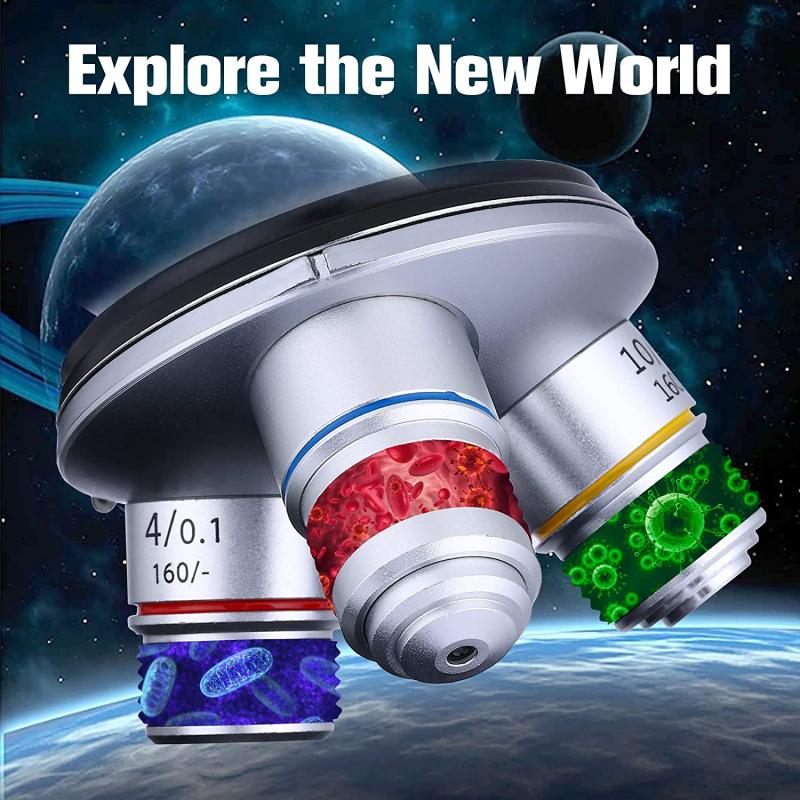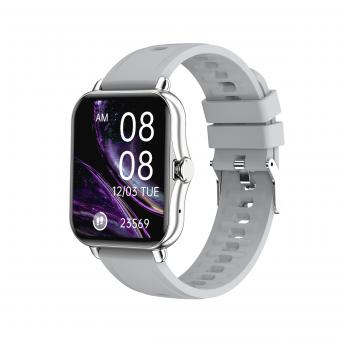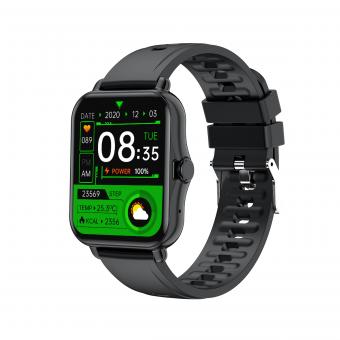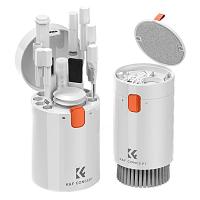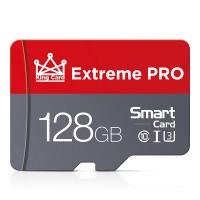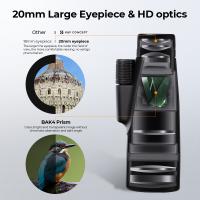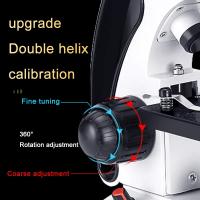How To Identify Blood Cells Under Microscope ?
To identify blood cells under a microscope, a stained blood smear is typically prepared. The smear is examined using a compound microscope, typically at high magnification. Blood cells can be differentiated based on their size, shape, and staining characteristics. The three main types of blood cells are red blood cells (erythrocytes), white blood cells (leukocytes), and platelets (thrombocytes). Red blood cells are typically small, biconcave discs that appear red and lack a nucleus. White blood cells are larger and have a nucleus, and they can be further classified into different types based on their staining properties and morphology. Platelets are small, irregularly shaped cell fragments involved in blood clotting. By observing these characteristics, trained individuals can identify and differentiate the various types of blood cells under a microscope.
1、 Morphology: Examining the shape and structure of blood cells.
To identify blood cells under a microscope, one must focus on their morphology, which involves examining their shape and structure. This process allows for the differentiation of different types of blood cells, including red blood cells (erythrocytes), white blood cells (leukocytes), and platelets (thrombocytes).
When observing blood cells, it is important to use a high-power objective lens to achieve a clear view. Red blood cells are typically round and biconcave in shape, appearing as small, pale discs. They lack a nucleus and contain hemoglobin, which gives them their characteristic red color. White blood cells, on the other hand, are larger and have a distinct nucleus. They can be further classified into different types, such as neutrophils, lymphocytes, monocytes, eosinophils, and basophils, based on their size, shape, and staining properties.
Platelets are the smallest of the blood cells and appear as small, irregularly shaped fragments. They play a crucial role in blood clotting. Platelets can be identified by their granular appearance and lack of a nucleus.
It is important to note that advancements in technology have led to the development of automated cell counters, which can quickly and accurately identify and count blood cells. These systems use algorithms to analyze the size, shape, and staining properties of cells, providing a more efficient and objective assessment.
In conclusion, identifying blood cells under a microscope involves examining their morphology, including their shape and structure. By observing the characteristics of red blood cells, white blood cells, and platelets, one can differentiate between the different types of blood cells. However, it is worth noting that automated cell counters have become increasingly popular in recent years, providing a more efficient and objective method of identifying blood cells.
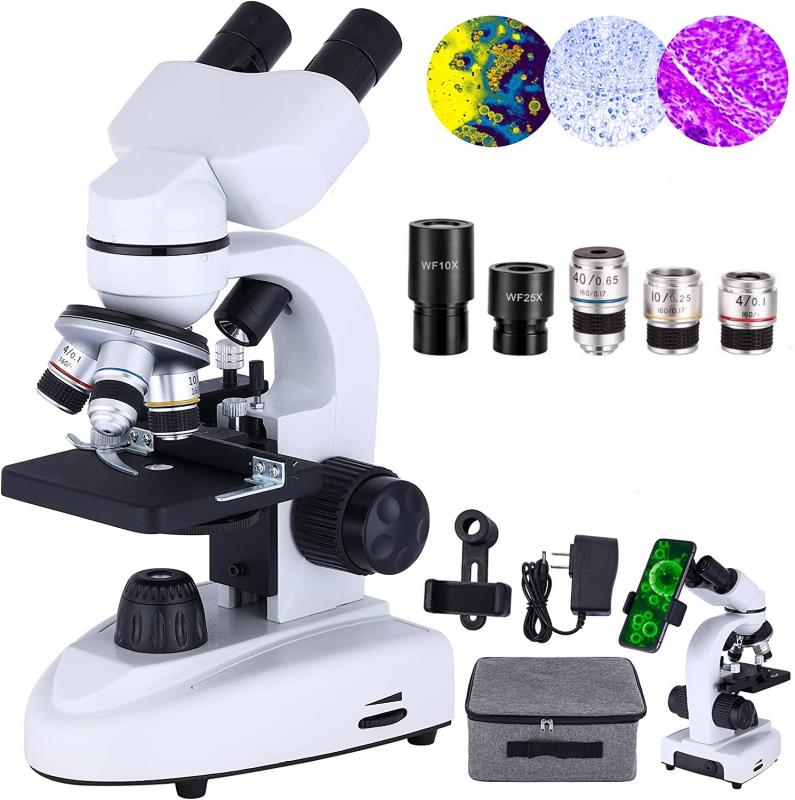
2、 Staining Techniques: Using dyes to enhance visibility of blood cells.
Staining techniques are commonly used in microscopy to enhance the visibility of blood cells and aid in their identification. By using dyes, blood cells can be differentiated based on their size, shape, and staining properties. Here is a step-by-step guide on how to identify blood cells under a microscope using staining techniques:
1. Prepare a blood smear: Take a small drop of blood and spread it thinly on a glass slide. Allow it to air dry completely.
2. Fixation: To preserve the cells and prevent them from being washed away during staining, the blood smear needs to be fixed. This can be done by immersing the slide in a fixative solution such as methanol or ethanol for a few minutes.
3. Staining: There are various staining techniques available, but the most commonly used are Wright's stain and Giemsa stain. These stains provide a range of colors to different components of the blood cells, making them easier to identify.
4. Microscopic examination: Once the blood smear is stained, place it under a microscope and start examining the cells. Begin with low magnification to get an overview of the smear, and then switch to higher magnification for detailed observation.
5. Identification: Different blood cells have distinct characteristics that can be identified under the microscope. Red blood cells (erythrocytes) appear as biconcave discs without a nucleus, while white blood cells (leukocytes) have a nucleus and can be further classified into different types based on their size, shape, and staining properties. Platelets (thrombocytes) are small, irregularly shaped fragments.
It is important to note that the identification of blood cells under a microscope requires training and experience. Additionally, advancements in technology, such as automated cell counters and digital imaging systems, have made the process more efficient and accurate. These systems can provide automated identification and counting of blood cells, reducing the need for manual examination.
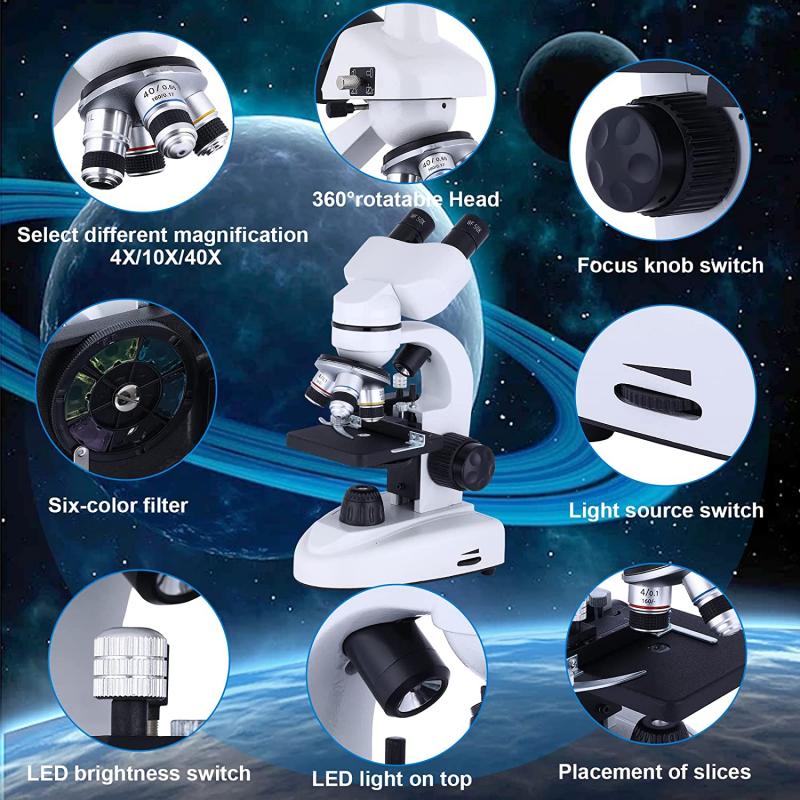
3、 Differential Count: Identifying and quantifying different types of blood cells.
To identify blood cells under a microscope, a technique called differential count is commonly used. This process involves identifying and quantifying different types of blood cells present in a blood sample. Here is a step-by-step guide on how to perform a differential count:
1. Prepare a blood smear: Take a small drop of blood and spread it thinly on a glass slide. Allow it to air dry completely.
2. Stain the blood smear: Use a suitable stain, such as Wright's stain or Giemsa stain, to enhance the visibility of the blood cells. Follow the staining protocol carefully.
3. Observe under a microscope: Place the stained blood smear on the microscope stage and start with the lowest magnification objective lens. Gradually increase the magnification to observe the cells in detail.
4. Identify different blood cells: Look for specific characteristics of different blood cells. Red blood cells (erythrocytes) appear as biconcave discs without a nucleus. White blood cells (leukocytes) have a nucleus and can be further classified into different types, including neutrophils, lymphocytes, monocytes, eosinophils, and basophils. Platelets (thrombocytes) are small, irregularly shaped fragments.
5. Quantify the cells: Count the number of each type of blood cell observed and calculate the percentage of each cell type. This information can be used to determine if there are any abnormalities or imbalances in the blood cell population.
It is important to note that the latest advancements in technology, such as automated cell counters and digital imaging systems, have made the process of identifying and quantifying blood cells more efficient and accurate. These technologies can provide faster results and reduce the chances of human error in manual counting. However, manual differential count under a microscope remains a valuable technique in certain situations, such as when a more detailed examination of blood cells is required.
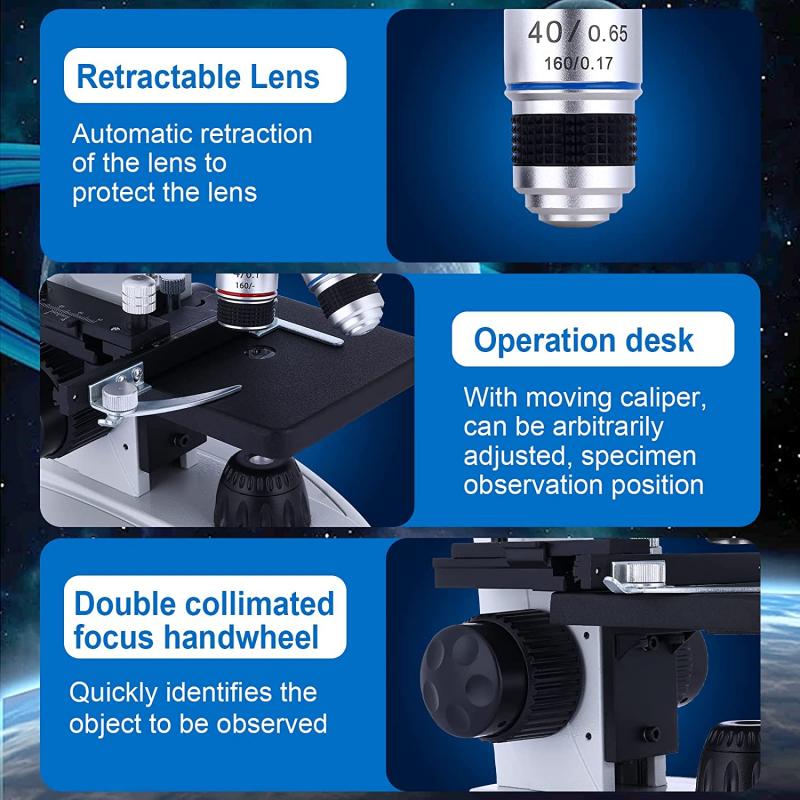
4、 Nucleus Characteristics: Analyzing the presence and features of cell nuclei.
To identify blood cells under a microscope, it is important to focus on the characteristics of the cell nuclei. The nucleus is a vital component of a cell that contains genetic material and plays a crucial role in cell function and division. Analyzing the presence and features of cell nuclei can provide valuable information about the type and health of blood cells.
Firstly, it is essential to prepare a blood smear slide by placing a small drop of blood on a glass slide and spreading it thinly. Once the slide is prepared, it can be observed under a microscope at various magnifications.
When examining the blood cells, one should look for the presence of nuclei. Red blood cells, also known as erythrocytes, do not have nuclei in their mature form. They appear as biconcave discs without a central nucleus. On the other hand, white blood cells, or leukocytes, have nuclei that can vary in size, shape, and staining intensity. The presence of a nucleus in a blood cell indicates that it is a white blood cell.
Analyzing the characteristics of the nuclei can provide further information. For example, the size and shape of the nucleus can help identify different types of white blood cells. Neutrophils typically have multi-lobed nuclei, while lymphocytes have round or slightly indented nuclei. Eosinophils and basophils have bilobed and irregular-shaped nuclei, respectively. Monocytes have kidney-shaped or horseshoe-shaped nuclei.
In addition to the size and shape, the staining intensity of the nucleus can also be observed. This can provide insights into the activity and health of the blood cells. For instance, a darker staining nucleus may indicate increased metabolic activity or the presence of abnormal cells.
It is important to note that advancements in technology, such as automated cell counters and flow cytometry, have made the identification and analysis of blood cells more efficient and accurate. These techniques can provide detailed information about cell populations, including the presence of specific markers or abnormalities.
In conclusion, identifying blood cells under a microscope involves analyzing the presence and features of cell nuclei. By observing the size, shape, and staining intensity of the nuclei, one can determine the type and health of blood cells. However, it is important to stay updated with the latest advancements in technology to ensure accurate and comprehensive analysis.
